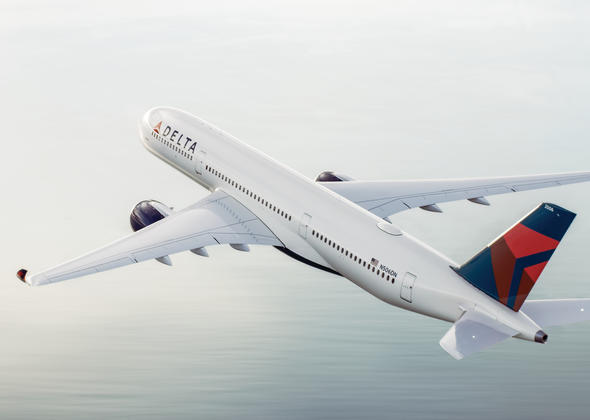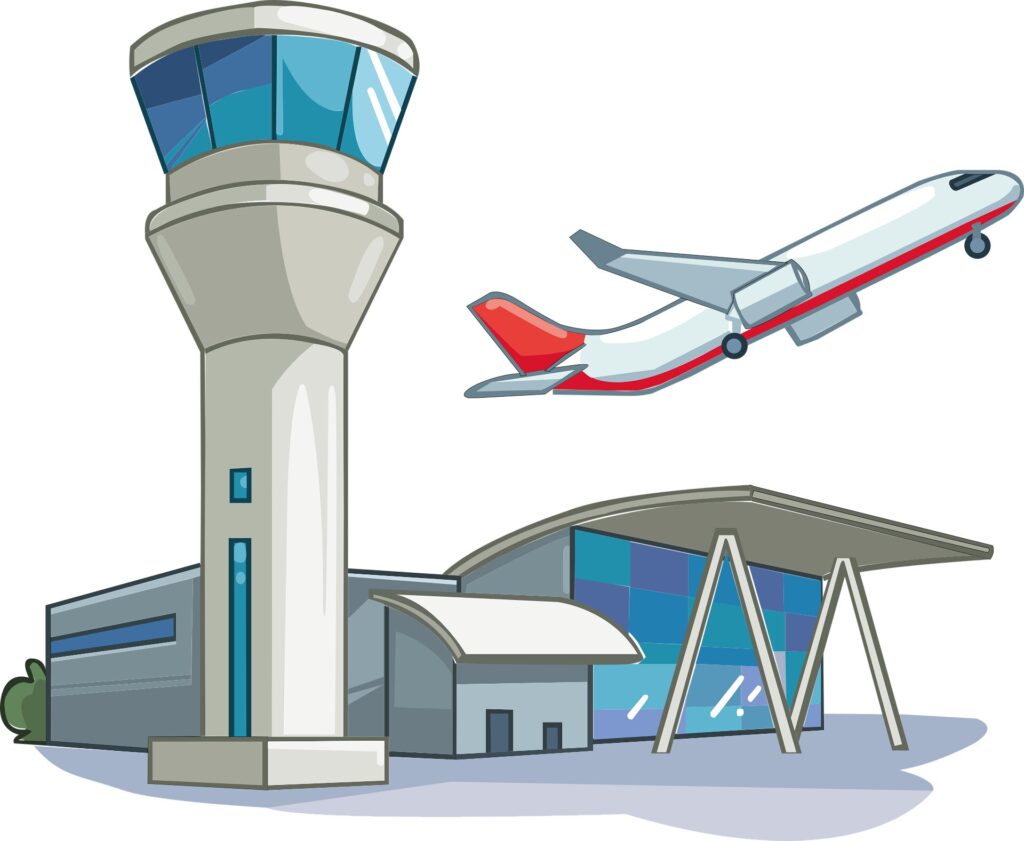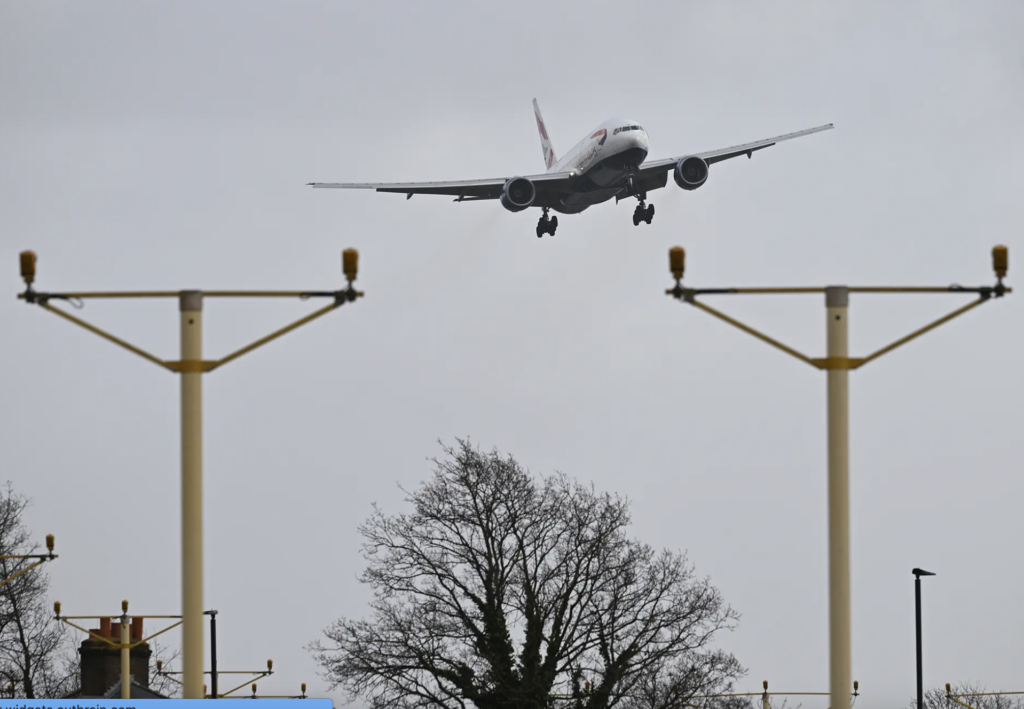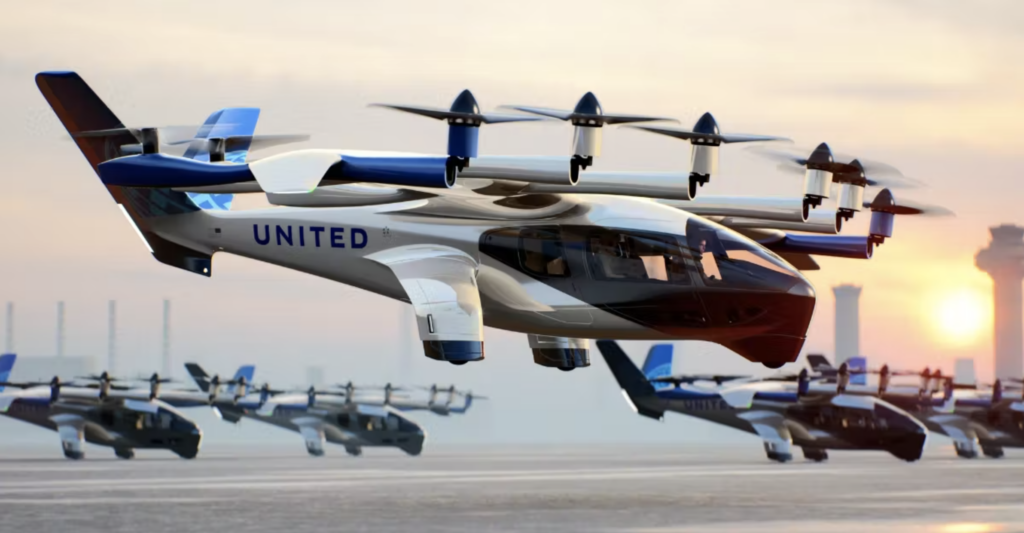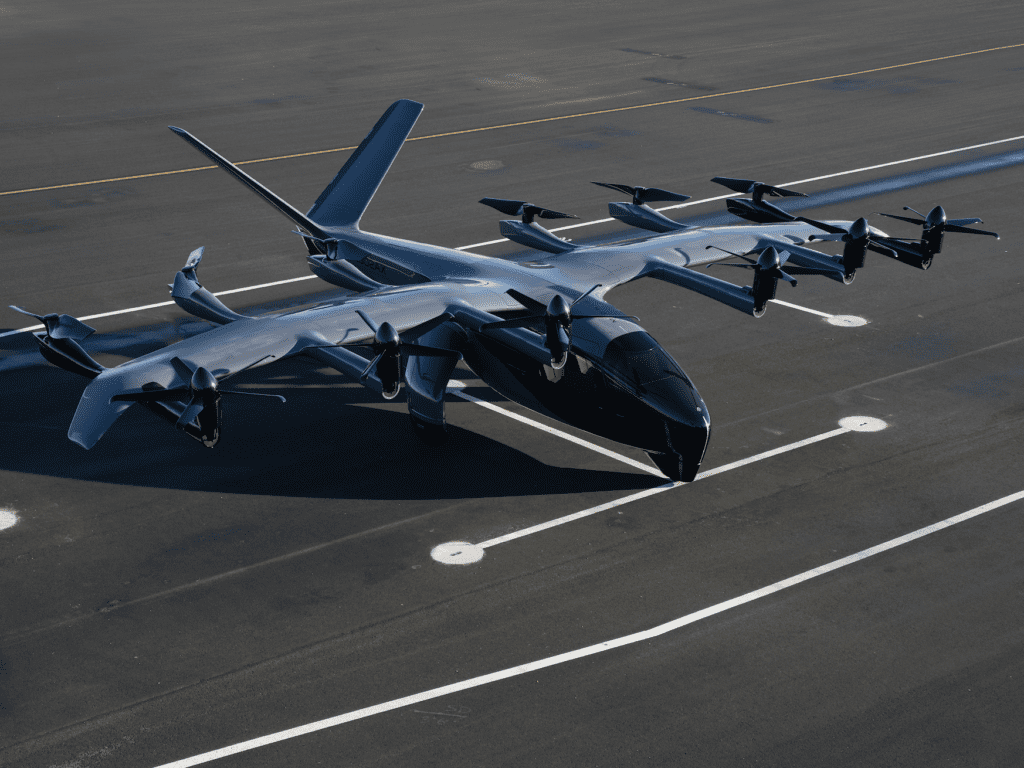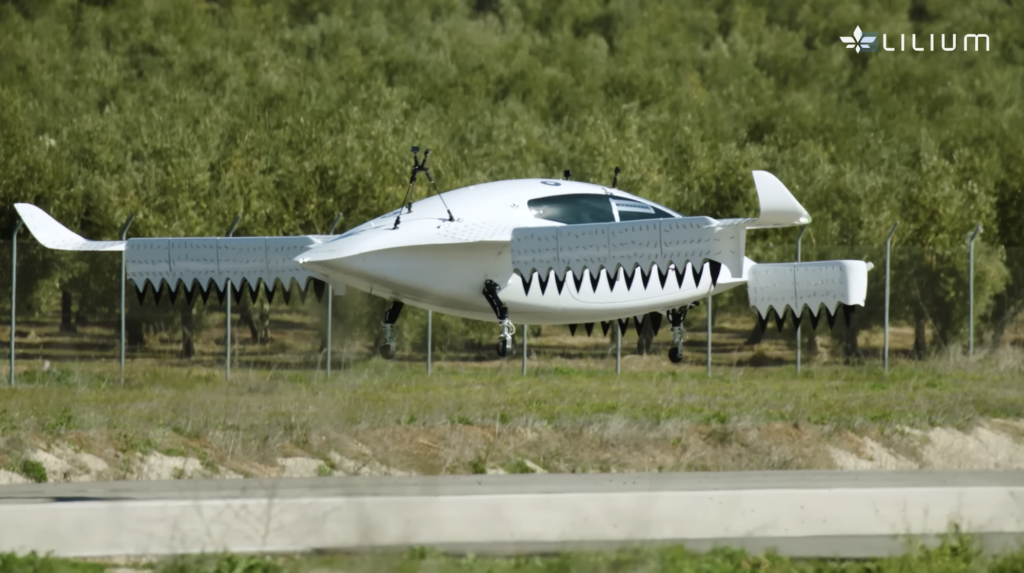Stéphan D’haene Takes Over as New CEO of Jetson


Stéphan D’haene, the new CEO of Jetson, discussed upcoming goals and key priorities for the company in an interview with Avionics International. (Photo: Jetson)
Last week, electric vertical take-off and landing (eVTOL) company Jetson announced the appointment of a new CEO—industry expert Stéphan D’haene. He previously served as the Chief Operating Officer at ICON Aircraft, and he held executive positions at BlackWing in Sweden and Porto Aviation Group in Italy. He also worked at BRP for 10 years on outdoor powered recreational products, he shared in an interview with Avionics International.
When D’haene first saw Jetson’s eVTOL, he recalls thinking, “This is amazing. It’s the future.” He adds that the Jetson ONE “is not an air taxi type of vehicle. It’s really a recreational vehicle targeted at passionate owner pilots.”
In his new role, he looks forward to bringing creativity and providing solutions based on his prior experience, as well as working with a strong and enthusiastic team of engineers. They are currently fine-tuning the latest iterations and modifications of the eVTOL. “Jetson has a very high ‘wow factor,’” he noted.
The company has already received 500 orders for the Jetson ONE. Two key objectives in the short-term, Stéphan shared, are to finalize the definition of the product and to begin mass production.
Although a lot of eVTOL developers are close to beginning mass production, including Jetson, none have made it quite yet, he remarked. Safety is top priority: “If safety means we get delayed two or three months with getting in production, then so be it,” he stated. “I have learned from working in the aviation industry that you cannot compromise on safety, and we will not.”
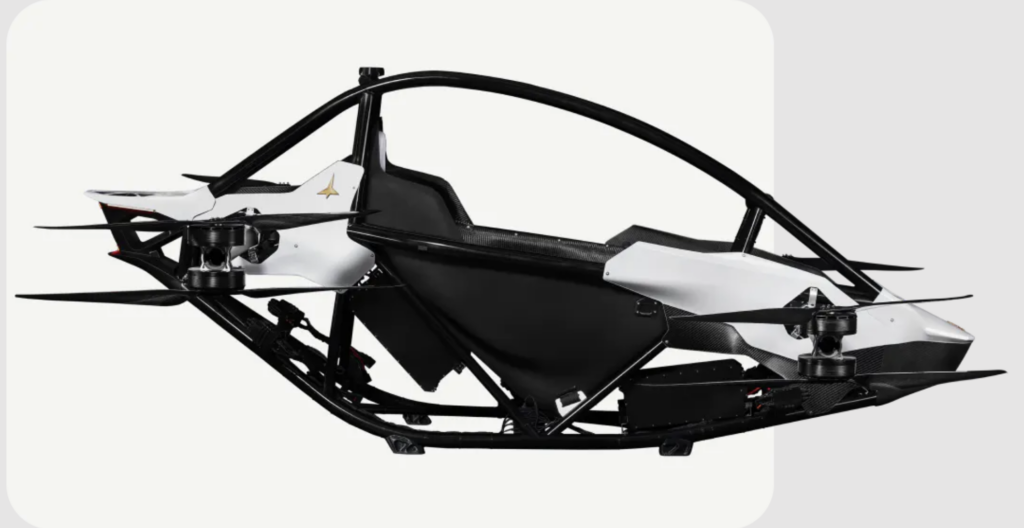
“The Jetson ONE has a race-car inspired safety cell that protects the pilot, can sustain continuous flight with the loss of one motor, has an auto land function, and multiple safety features to protect the pilot in case of an emergency.” (Photo: Jetson)
A big part of their focus is to determine add-ons for the aircraft that will further improve safety. He explained, “We have a redundant flight computer, we have redundant motors, we are integrating a parachute rescue system, and now we’re putting a lot of effort in fine-tuning the programming of the supportive autopilot so that when people fly it, they they cannot get themselves in difficult situations.”
Jetson’s team is considering various partnerships and collaborations and is in discussions with a couple of parties, but none have yet been made official.
Stéphan D’haene sees Jetson as a leader in the personal eVTOL category as the market evolves in the long-term. The FAA’s approach to regulations will dictate to a large degree how the larger market evolves, he commented. He mentioned the MOSAIC (Modernization of Special Airworthiness Certificates) project as a restructuring of the light-sport aircraft (LSA) category, and that Jetson is anticipating an update on that rulemaking.
A challenge is that if, for example, the company wanted to include a second seat in its aircraft, there isn’t existing regulation to support certification for that aircraft. “I believe Jetson has the engineering team and the capability to explore a new market opportunity opening and, if it makes sense, to offer a product in that category,” D’haene said. “But we believe that in the short term, the market for the single-seat recreational Jetson is big enough for a very interesting, sustainable business.”
Avionics interviewed Jetson’s Tomasz Patan, co-founder and Chief Technical Officer (CTO) of Jetson, last year to learn more about the new European headquarters in Italy and about the latest seed round. The systems in the aircraft include a minimalistic display screen “located in the front of the cockpit so the pilot always has a good view of the display,” Patan said. “It shows remaining battery capacity, remaining flight time, and some very basic information provided by the flight computer. You also have a very bright LED, a warning light, whenever there is a situation. This LED will basically show you when you should be heading back for landing.”
The post Stéphan D’haene Takes Over as New CEO of Jetson appeared first on Avionics International.
—————
Boost Internet Speed–
Free Business Hosting–
Free Email Account–
Dropcatch–
Free Secure Email–
Secure Email–
Cheap VOIP Calls–
Free Hosting–
Boost Inflight Wifi–
Premium Domains–
Free Domains








